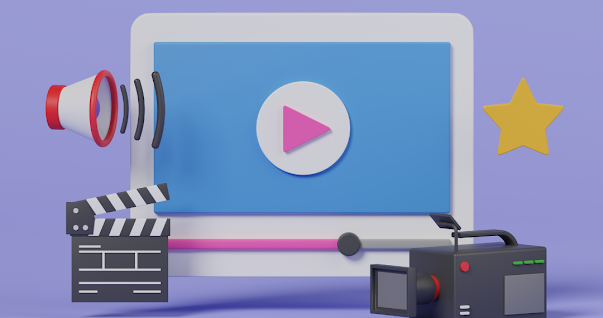5 Best Practices for App Localization & translation services
App localization is a complex process that involves more than translating your website or software. It also involves adapting your content to blend with certain cultural conventions. The work involved in making this a reality is time-consuming and expensive, but worth it.
Localization goes beyond just translating. You need to change the date, time, currency, text fields, and much more for every market.
So if you're reading this article before building your app kudos to you. The best time to plan for app localization is at the beginning of the project. In this article, we're going to share 5 best practices to effectively localize your app- that goes beyond language.
Don't Hardcode Dates, Time, and Currencies
When it comes to time and date, the world is very inconsistent in how they view it and choose to record it. Take the United States, for example, it has 9 standard time zones. Russia has 11. Some people read their time 24 hours round the clock while others split it in half.
Dates are just as confusing. Do you start with the day, month, or year? Some countries even document what week it is. And for currency, the dollar alone has about 20 variants. USD, CAD, AUD, the list goes on.
Your best bet is to follow a standard format like UTC. Or you can use a standard library like Moments.js that will convert your date and time to the right format for each locale.
Understand that there is no Universal Name Format
You probably think everyone has a first name, middle name, and last name. But Spanish speaking countries give their children a first name, paternal family name, and maternal family name.
Rather than create name fields for all possible variants have just one field that reads “full name". This article by Richard Ishida will give you more insight into name formats and designing form fields.
Consider Locales, not Languages
Specifying locales will give you more flexibility than specifying just a language. If you want to display different prices such as USD for Americans, N for Nigerians, and GBP British users, you can easily do so by designing for locales. It gives you leverage to change the locale setting to display the right currency without having to change the language.
Make it Easy for Users to Switch Languages
Take a look at how easy Nike has it for users to select their preferred languages.
English might be a widely spoken language but many people speak other languages just as fluently. An annoying scenario is opening a web app that's not in your language with no options to change it. And it's not because they can't change the language to something else.
It's because it's kept where they can't see it. Give your global audience the option of switching languages by placing a language picker at the top or bottom of your page. Don't use flags to indicate languages. If you do, are you expecting Canadian users to click the U.S flag for English? Or is the Nigerian flag going to cover all its languages?
Don't Force your Users to Switch Languages
If I searched for a page in English, I would be very upset to open it and see everything in Spanish. Likewise, if you redirect me to another page in a different language from what I chose. Try to keep your users in the preferred language they selected when they found opened your app.
If they are headed to a section where the app content isn't in their language then tell them. You can even go a step further to ask them if they would prefer to continue in the other available languages. Or a default language like English.
Switching them to another language without their permission is plain rude. And plummets user experience, which could make them never open your app again.
Conclusion
While this list isn't the most comprehensive, it gives you the jumpstart knowledge needed in translating your app or localizing your app store. By translating your app to multiple languages, you open the door to a global market.



Comments
Post a Comment